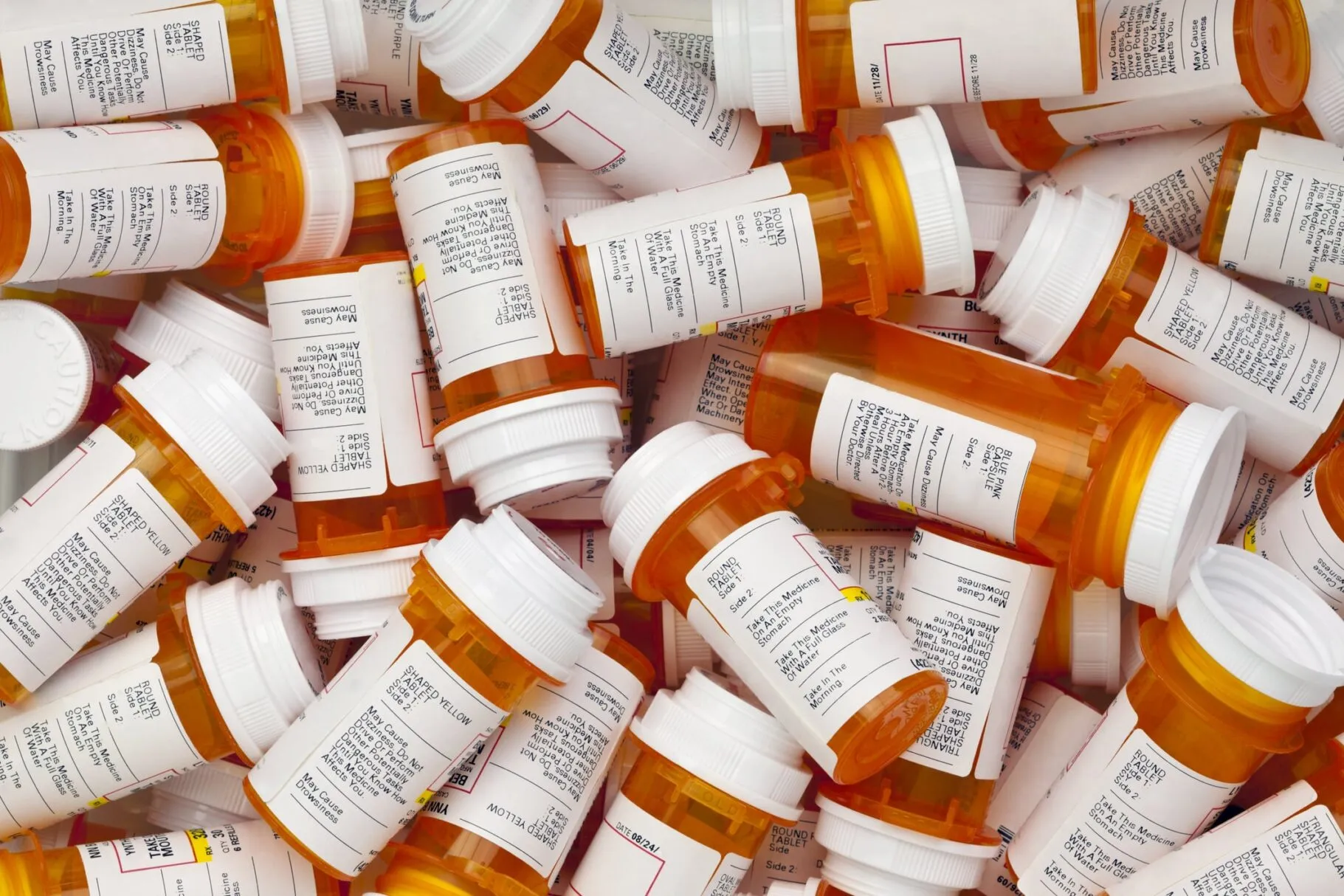
We’re Here for You
Contact Us for a Free Case Evaluation
Our team is ready to listen day or night – 7 days a week, so contact us now to see how we can help you on the road to recovery.

In 2012, the U.S. Food and Drug Administration (FDA) approved a new arthritis drug called tofacitinib (Xeljanz). Xeljanz quickly grew more popular as a treatment for rheumatoid arthritis (RA), psoriatic arthritis (PSA), and ulcerative colitis (UC) and was expected to win a large share of the market, with its growth expected to hit $18.2 billion by the year 2023.
Xeljanz appealed to those who could not take, or failed to respond to, prior RA medications like methotrexate. It was also the first oral alternative to injections that had previously been used to treat autoimmune conditions. However, the FDA has issued a safety communication warning that patients taking Xeljanz or Xeljanz XR at a rate of 10 mg twice a day may face an increased risk of deadly pulmonary embolism (PE; blood clots in the lungs) or deep vein thrombosis (DVT; a blood clots in the deep veins, usually the legs).
Thousands of Xeljanz lawsuits have been filed across the country by patients who allege that they have been harmed by these serious side effects. The dangerous drug attorneys at Rutter Mills are currently reviewing claims of individuals whose venous thromboembolic event may have been connected to Xeljanz.
Xeljanz is an oral medication known as Janus kinase (JAK) inhibitors. It effectively lowers immune system activity, so the box warns that users may be susceptible to serious – and even deadly – infections. It can also cause stomach or intestinal perforations, cancer, liver problems, headache, diarrhea, and nasal congestion.
Xeljanz lawsuits focus on the side effects that the manufacturer did not warn about. According to the FDA, taking Xeljanz or Xeljanz XR 10 mg twice a day may increase the risk of pulmonary embolism and death. The FDA’s Xeljanz pulmonary embolism warning was based on the results of a clinical study, and it came with a warning to watch for signs including:
The FDA’s adverse event reporting system has also received reports of deep vein thrombosis related to Xeljanz use. Symptoms include:
If you have these or any other symptoms of Xeljanz blood clots, see your doctor as soon as possible because it may be a medical emergency.
The FDA’s safety communication of February 25, 2019, announced that RA patients taking Xeljanz or Xeljanz XR at the dose of 10 mg twice-daily were at an increased risk of blood clots in the lungs and related death. It should be noted that the FDA has not approved the dose of 10 mg twice a day to treat RA; this has only been approved to treat ulcerative colitis.
The FDA warning was based on the results of a clinical trial. The drug is undergoing further study throughout 2019. In the meantime, the FDA Adverse Event Reporting System (FAERS) has received over 100 reports of PE that resulted in more than a dozen deaths, as well as more than 60 cases of DVT that led to five deaths.
Pfizer manufactures Xeljanz and Xeljanz XR, and there is no generic available. Pfizer is the primary defendant in Xeljanz blood clots lawsuits.
Dangerous drug lawsuits are often grouped together in multidistrict litigation (MDL), but this has not yet happened with Xeljanz cases. Currently, all of the Xeljanx lawsuits are proceeding individually in the courts in which they were filed.
It is likely that Xeljanz lawsuits from across the country could be combined in MDL. If this happens, each plaintiff will still have control over his or her case, but one judge will be assigned to manage the pretrial matters of all of the cases at once. For example, the judge may make a ruling on whether a certain type of evidence is admissible, and that will be binding on all of the cases. However, each plaintiff may settle their case separately, and one trial’s outcome is not binding on the other plaintiffs. MDL is distinct from a class action lawsuit; in a class action, one plaintiff represents the rest of the members of the class (people who meet the criteria to be plaintiffs themselves), and the outcome is binding on them all.
Though the number of Xeljanz lawsuits is on the rise, there have not yet been any settlements announced. Settlement values are affected by the potential damages that a jury may award. In a Xeljanz case, this can include:
If you have been treated for rheumatoid arthritis with a 10 mg twice daily dose of Xeljanz or Xeljanz XR and have suffered a blood clot injury, you may have an actionable drug claim. It is important to find out your rights as soon as possible because waiting too long could allow the statutes of limitation to expire, at which time you will lose the right to sue.
Speak with a dangerous drug lawyer at Rutter Mills today to discuss your case. Consultations are free and confidential.
Contact Us for a Free Case Evaluation
Our team is ready to listen day or night – 7 days a week, so contact us now to see how we can help you on the road to recovery.